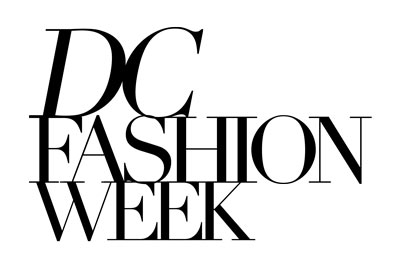In the fast-paced world of fashion retail, your store’s design is just as important as the products you sell. The way you style your space influences customer experience, engagement, and ultimately, sales. A well-designed retail store should be visually compelling, easy to navigate, and an extension of your brand’s identity. Whether you’re launching a new boutique or revamping an existing store, here’s how to create a stylish and impactful retail environment.
1. Define Your Brand Aesthetic
Before you start styling your store, you need a clear vision of your brand identity. Are you high-end and sophisticated, urban and edgy, or minimalist and modern? Your store’s aesthetic should align with your brand and target audience. Choose a color palette, materials, and decor elements that reflect your brand’s personality and create a cohesive shopping experience.
Consider using mood boards to collect inspiration, whether from fashion runways, interior design trends, or even art and architecture. This step ensures that every design choice contributes to an intentional and seamless brand experience.
A store’s layout plays a crucial role in customer behavior. Shoppers should be able to move easily through the space, discovering new products while feeling comfortable.
There are several types of retail layouts to consider:
Regardless of your choice, ensure that high-demand products are placed at eye level, impulse buys are near the checkout, and wide aisles allow for easy movement.
3. Use Neon Signage for a Bold Statement
Neon signage is a game-changer in retail styling. It’s not only a functional light source but also an eye-catching branding tool. Whether you want to highlight your store’s name, display a catchy slogan, or add an artistic touch, neon signs create a memorable impact.
Here’s why neon signage works so well:
To make the most of neon signage, place it at the store entrance to attract passersby, inside for branding reinforcement, or near a product display to highlight key items. Pair neon with mirrors or metallic surfaces to amplify its glow for an even greater impact.
4. Leverage Strategic Lighting
Lighting sets the mood and highlights key products. A mix of ambient, accent, and task lighting ensures the right balance:
Consider using warm lighting for a luxurious feel, while cool-toned lighting works well for modern and industrial aesthetics.
5. Curate Engaging Product Displays
Well-curated displays tell a story and guide customers through your product range. Visual merchandising techniques such as the Rule of Three (grouping items in threes for balance) and color blocking (arranging items by color for visual appeal) can elevate your displays.
6. Incorporate Comfortable Seating Areas
Providing seating areas is often overlooked but can make a significant difference. Whether it’s for waiting partners or customers taking a moment to relax, comfortable seating enhances the shopping experience.
Choose stylish yet practical seating that complements your brand. For a luxury boutique, consider velvet or leather seating. For a casual, streetwear store, opt for minimalist benches or industrial stools.
7. Play with Textures and Materials
Mixing textures and materials adds depth and character to your store. Consider using a combination of:
Adding plants or greenery also enhances the space, providing a fresh and welcoming vibe.

Final Reflection
Styling a retail store is about creating an immersive experience that aligns with your brand and delights your customers. From strategic lighting and impactful neon signage to engaging displays and seamless layouts, every element should work together to make shopping an enjoyable and memorable experience.
By implementing these design strategies, your store can not only attract more customers but also increase engagement and sales. In retail, style matters just as much as substance.

